Jump Ahead To
One of the most interesting items in the Demon Slayer is Tanjiro’s Hanafuda earrings. It passes through flashbacks and hints at its importance in the series, but it was never totally explained in the series.
To know more about these mysterious accessories that hold a secret about Tanjiro’s lineage, and maybe on defeating Muzan, here is everything you need to know about the Hanafuda earrings.
Why Does Tanjiro Wear Hanafuda Earrings?
Together with the Hinokami Kagura, or the Dance of the Fire God, the Hanafuda earrings have been passed down in the male heirs of the Kamado family. Tanjiro can be seen wearing it from his very first appearance.
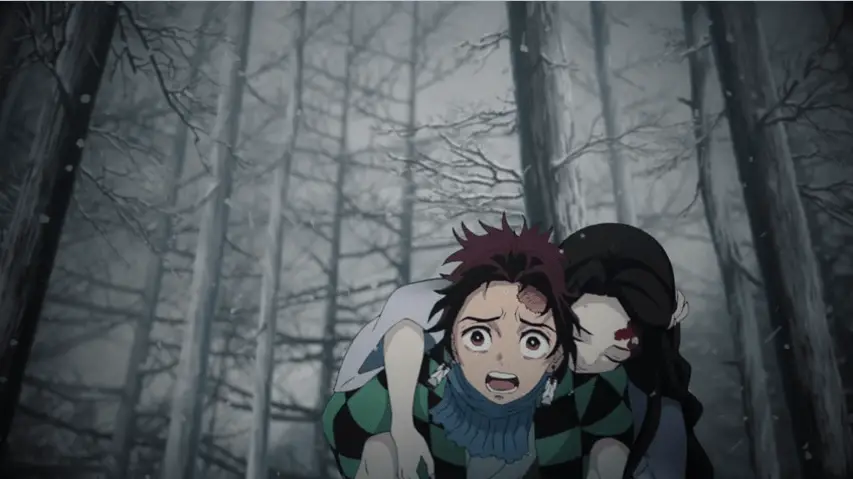
Aside from Tanjiro, the earrings appear on his father, Tanjuro, and the first user of the Breath of the Sun, Yoriichi Tsugikuni.
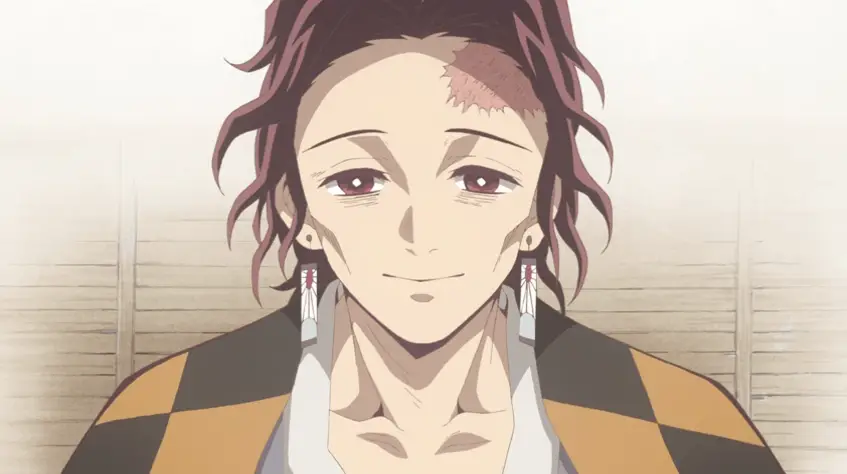
Later in the manga series, it was revealed that Tanjiro is NOT Yoriichi’s descendant. In fact, the Kamado family traces their bloodline from Sumiyoshi, Yoriichi’s friend back in the Sengoku era. While it was never directly shown, we can all safely assume that the Hinokami Kagura and the Hanafuda earrings were entrusted to Sumiyoshi, and later, the Kamado family as a means of preserving the Breath of the Sun.
Another point never seen in both the anime and manga, and we at ChasingAnime would love to see, is a female user of the Breath of the Sun. The passing of the earring from Yoriichi to Tanjuro and then Tanjiro limits this possibility. It heavily implies that the secrets are passed down to the males of the family.
The Meaning Behind Tanjiro’s Hanafuda Earrings
Also, there is proof that the Hanafuda earrings are an important artifact. Kyojuro Shinjuro, Rengoku’s father and former Flame Pillar himself, instantly recognized the earrings. After the Infinity Train arc (Spoiler Alert), Tanjiro goes to the Rengoku residence to bring the sad news. Shinjuro, drunk and upon first glance, suddenly flares in anger at Tanjiro.
In the 68th chapter of the manga, the young demon slayer does not understand what is happening as the former Flame Hashira (enbashira) pins him to the ground and accuses him of insulting them. He then says “You’re a practitioner of Sun Breathing. I know those earrings. It was written down!”

It was later shown that Shinjuro’s anger towards Tanjiro was due to the fact that Tanjiro has the earrings, which marked him as a Breath of the Sun user. He then assumed that Tanjiro came to insult them. The former Flame Pillar said that they are the strongest demon slayers. He even called other breathing techniques as “merely variations.”
Shinjuro was probably disillusioned after knowing the fact about the Sun Breathing style, saying that all other forms are lesser copies of the original.
The records of the Breath of the Sun users, as well as the history of the hanafuda earrings, are in the Annals of the Successive Generations of the Pillars. This book holds their history, most likely going back to the Breath of the Sun. It likely contains the names and maybe even the forms. Senjuro Rengoku, Kyojuro’s younger brother, thought that maybe their father tore the book into shreds.
The dance and the earrings being passed onto users of the Breath of the Sun is also evident in the fact that Michikatsu Tsugikuni doesn’t have anything like it. Better known as the Upper Moon One, Kokushibo used Breath of the Moon instead. Even his own descendants, up to the Mist Pillar Tokito Muichirou, do not wear any mark of some sort.
The Hanafuda Earrings Muzan Will Always Remember
As a mark of the strongest, even Muzan instantly recognized it and remembered the moment he almost died. Back in the Sengoku era, the younger demon progenitor crossed paths with a red-haired, red-bladed swordsman wearing the very same Hanafuda earrings he saw in Tanjiro. It agitated him as soon as his pretend family went away.
See Episodes 7 and 8 of the anime, and chapters 13 and 14 of the manga. Muzan burned with anger when he saw the kid with the hanafuda earrings. Later chapters involving Kokushibo would reveal that he and Muzan tried to eliminate all remaining users of the Breath of the Sun style. This explains why Muzan was angry: he thought that the Sun Breath users are extinct, only to find one in the middle of the city.
He later sent two Susamaru and Yahaba (the ball and the arrow demons) to try and hunt Tanjiro down.
The Design and the Controversy About the Hanafuda Earrings
The earrings contain a red circle with rays extending over an arc at the bottom, a mountain (maybe). This design and color strongly resemble a hanafuda card.
Tanjiro’s hanafuda earrings often lead people to interpret it as a rising sun. This very symbol would cause the producers of the anime to make a slight change to the earrings’ design. It started from the first episode aired in Mainland China, hoping to avoid evoking strong emotions from the Chinese audience. In its popular anime streaming service, Bilibili, the earrings changed. It now shows the red circle on top, four horizontal lines in the middle, and the gray at the bottom. The change only appeared in the episode aired in the Mainland, and not in Taiwan.
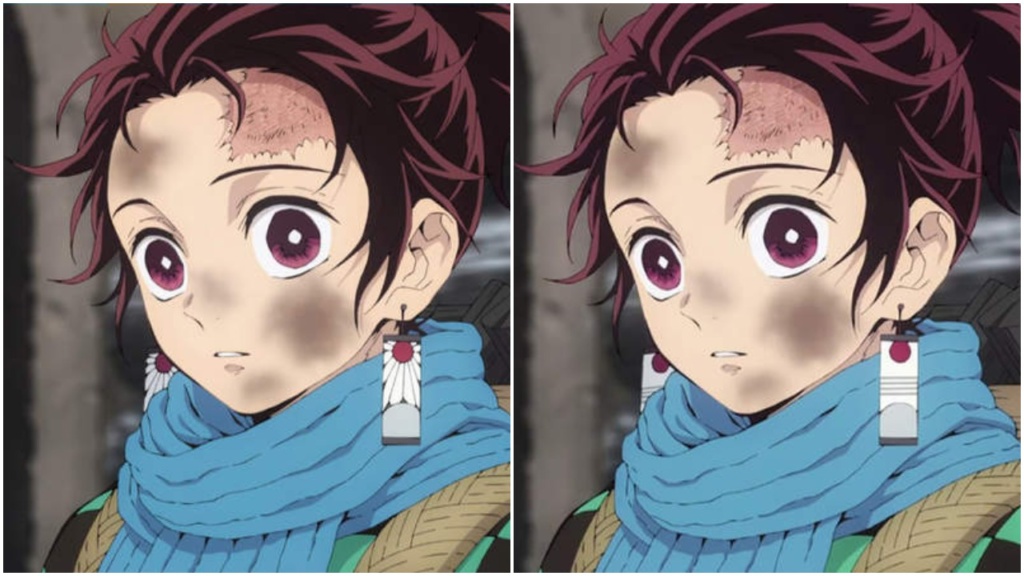
A short history lesson: even before World War II, Japan went around and conquered most of its neighbors in Asia. And it did with the Rising Sun flag largely similar to Tanjiro’s earring. In the design’s defense, Rising Sun has always been a Japanese symbol. In fact, “Nippon/ Nihon” originally reads as Hi no moto, “the origin of the sun.”
They have taken pride in their easternmost position before the seemingly endless pacific. Japan, by the way, is the name used by foreigners.
The “Hanafuda” in the Hanafuda Earrings
To better understand the mysterious recurring item in Demon Slayer, it is important to understand the Japanese culture surrounding hanafuda. The name literally translates to “flower cards.” It refers to the cards themselves as well as the games played using them.
The Portuguese missionaries first brought playing cards in Japan. These cards later became banned in general when Japan moved into isolation. The hanafuda known in the modern era has taken a lot of transformations over the ages. It changed for a number of reasons, one being its use in gambling, which in itself was an illegal act.
Video game fans probably heard of the following story. But in 1889, Nintendo founder Fusajiro Yamauchi created the company for the sole purpose of making and selling hanafuda cards. Even today, the video game giant still produces these cards. Nintendo has both the traditional design and crossovers with its more popular franchises such as Super Mario-themed decks. Who would have thought? That Mario came from the same company as Hanafuda cards.
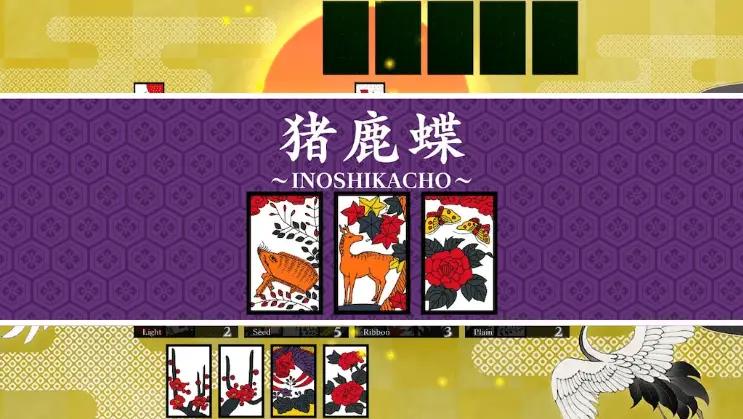
Fun Fact: Inoshikacho is a card combination in “Koi-Koi,” one of the games played using hanafuda cards. In the Naruto and Boruto universe, one of the most famous teams are the Ino-Shika-Cho trio. Every generation, a representative from the Yamanaka, Nara, and Akimichi clans team up and practice formations that use their respective abilities to the fullest. Coincidentally, the clan representatives also mark themselves with an earring, passed on from generation to generation.
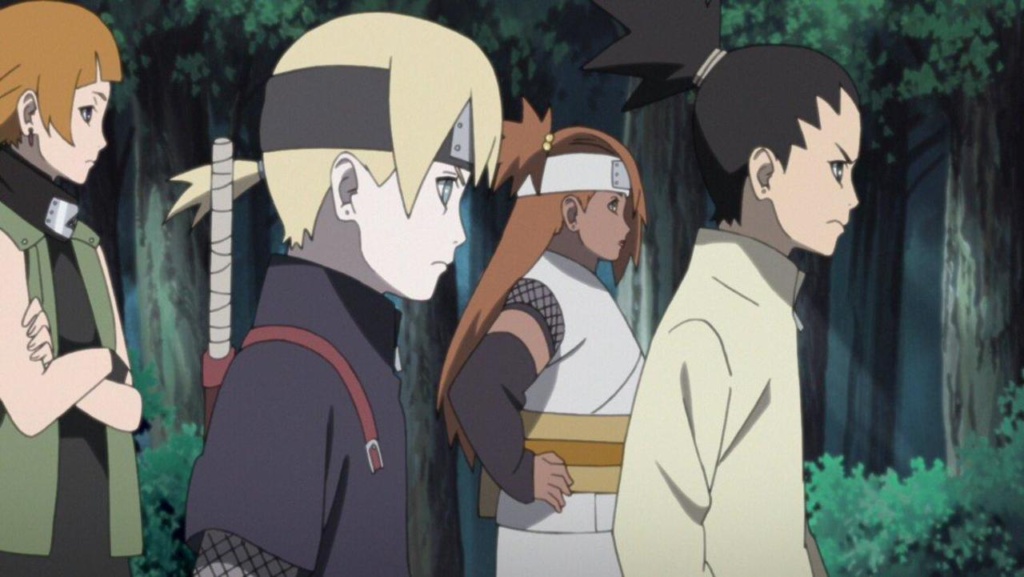
How to Play Hanafuda for Beginners
As state above, there are a lot of games that can be played using the hanafuda cards. These games come from the “Mekuri” era – roppyakken, mushi, hachi, and tensho. Perhaps the most popular of all is “Koi-Koi.” No, not the fish, but the Japanese for “come on!” Below is a short video on how to play this card game:
Now you’ve probably watched the short yet educational video. Actually, it is more of an intro to the game rather than an actual manual. We at ChasingAnime have decided to get ourselves an authentic Nintendo hanafuda deck. These cards came after our search for the deck containing Tanjiro’s sunrise earrings (there’s none). We’ve also looked at this book for our reference, as well as other games we can all play.
There you have it, everything you need to know about Tanjiro’s signature hanafuda earrings. If you have other questions or comments, be sure to drop them in the comments section.

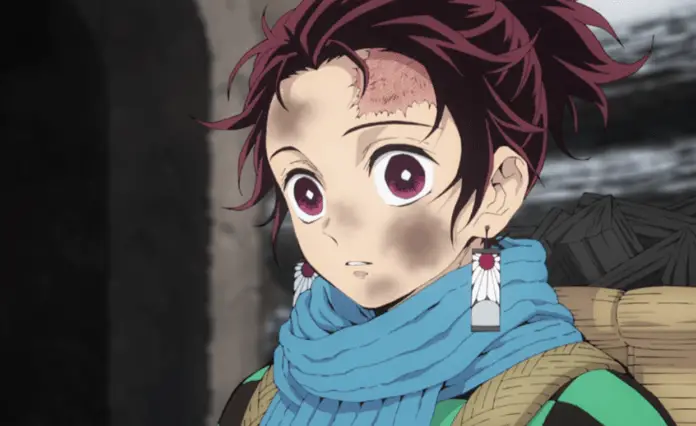

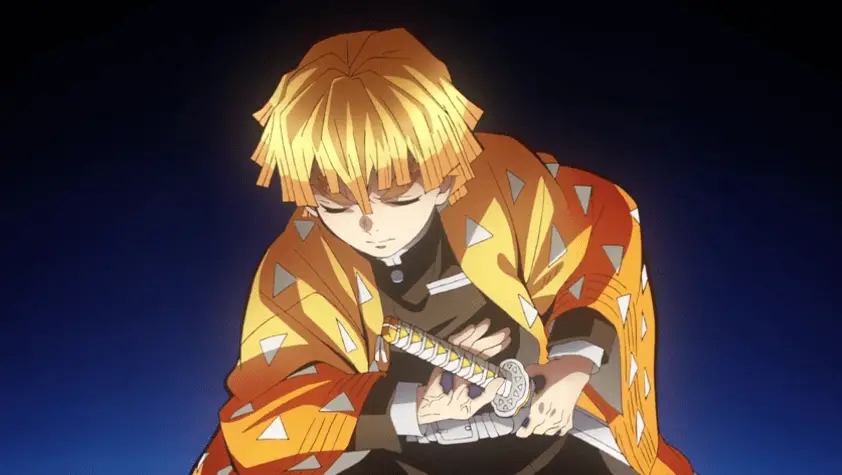
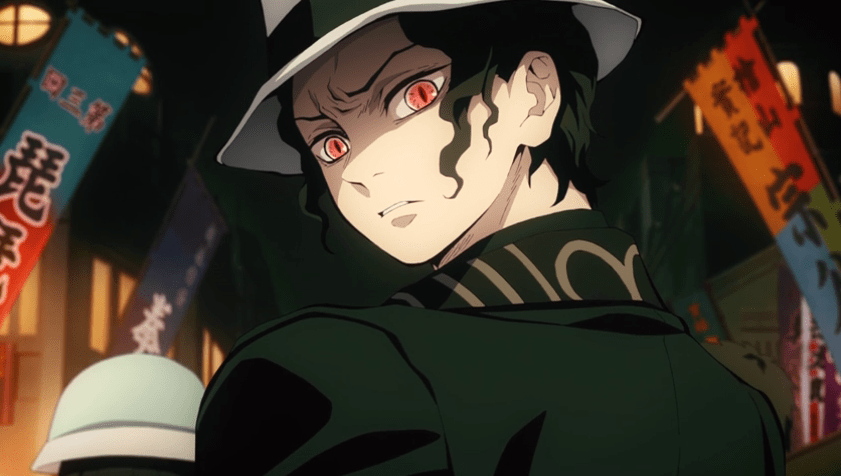
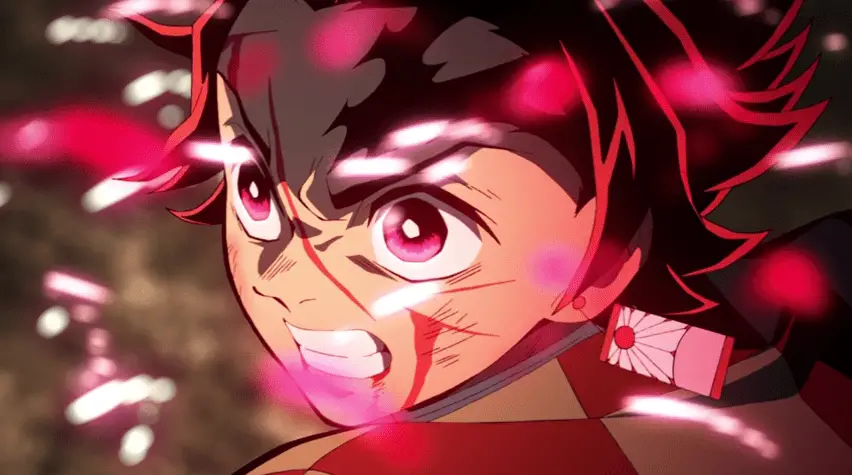
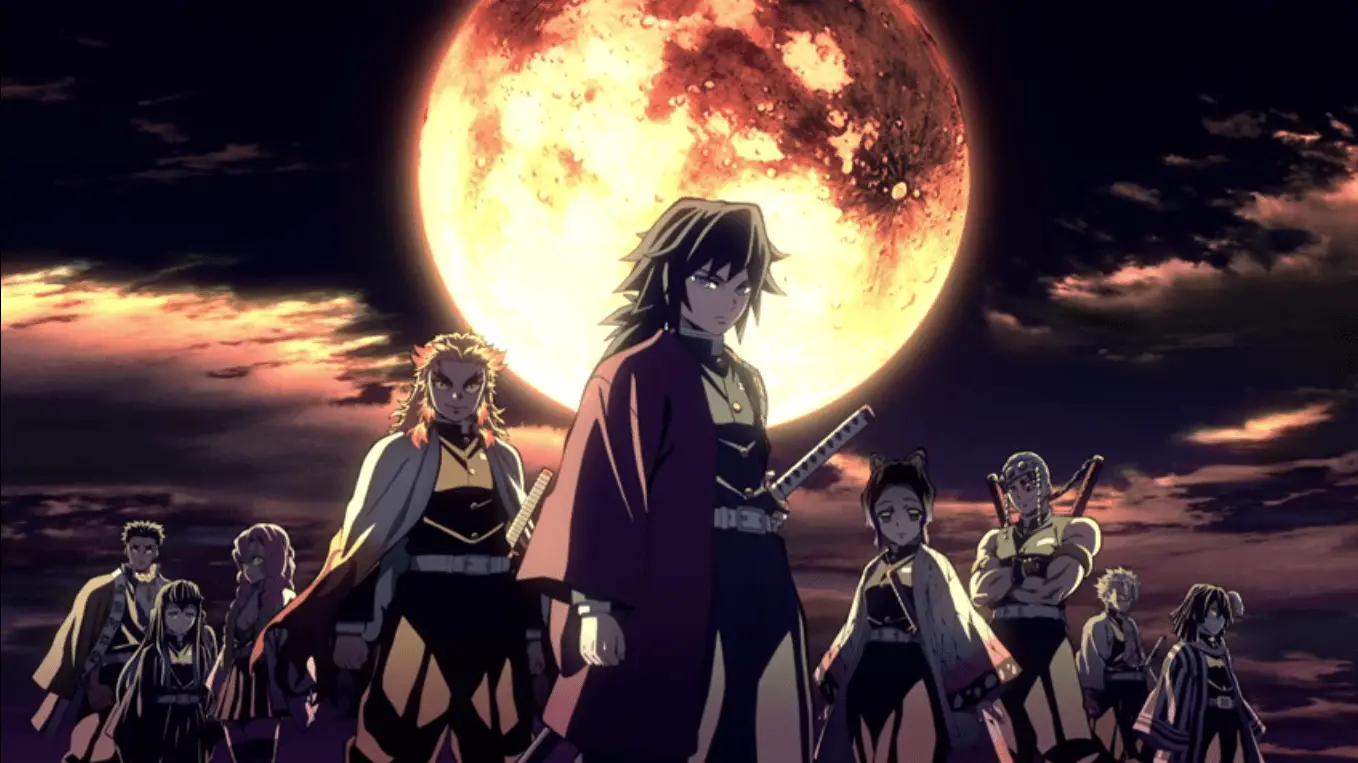
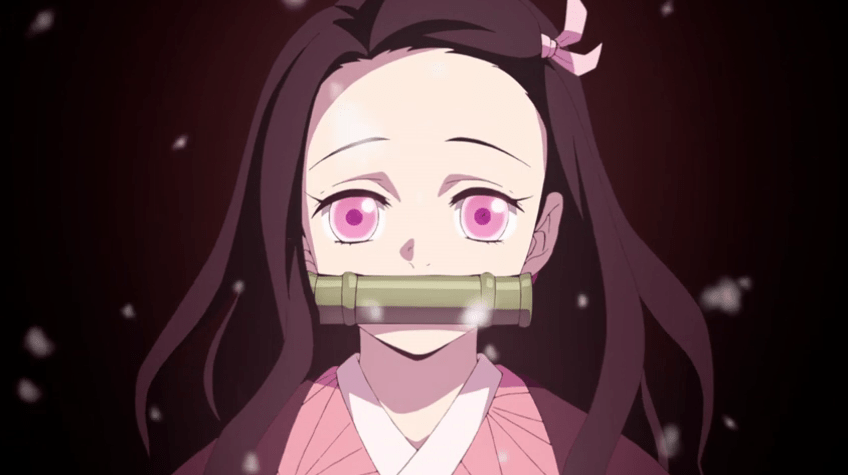
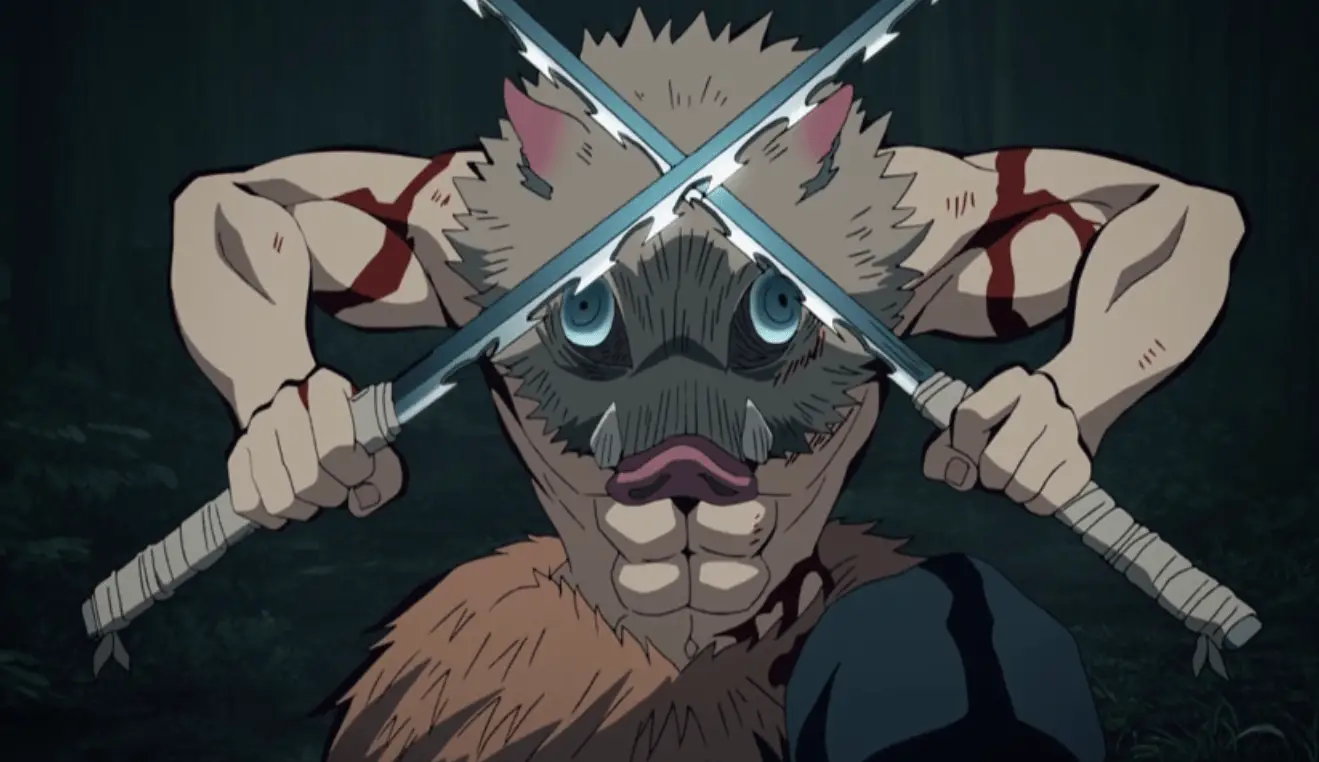
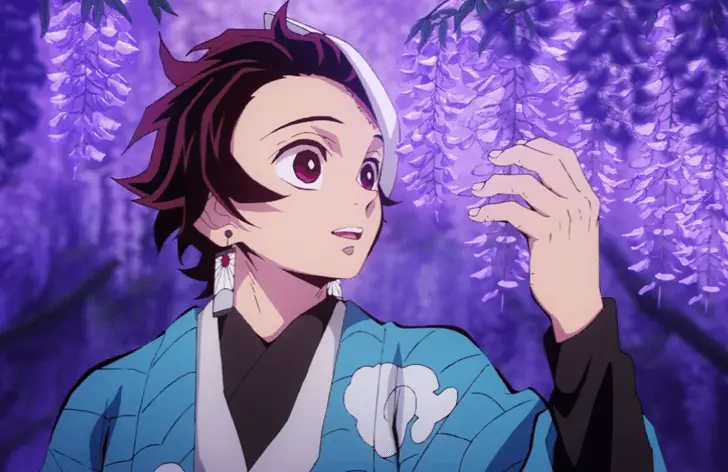
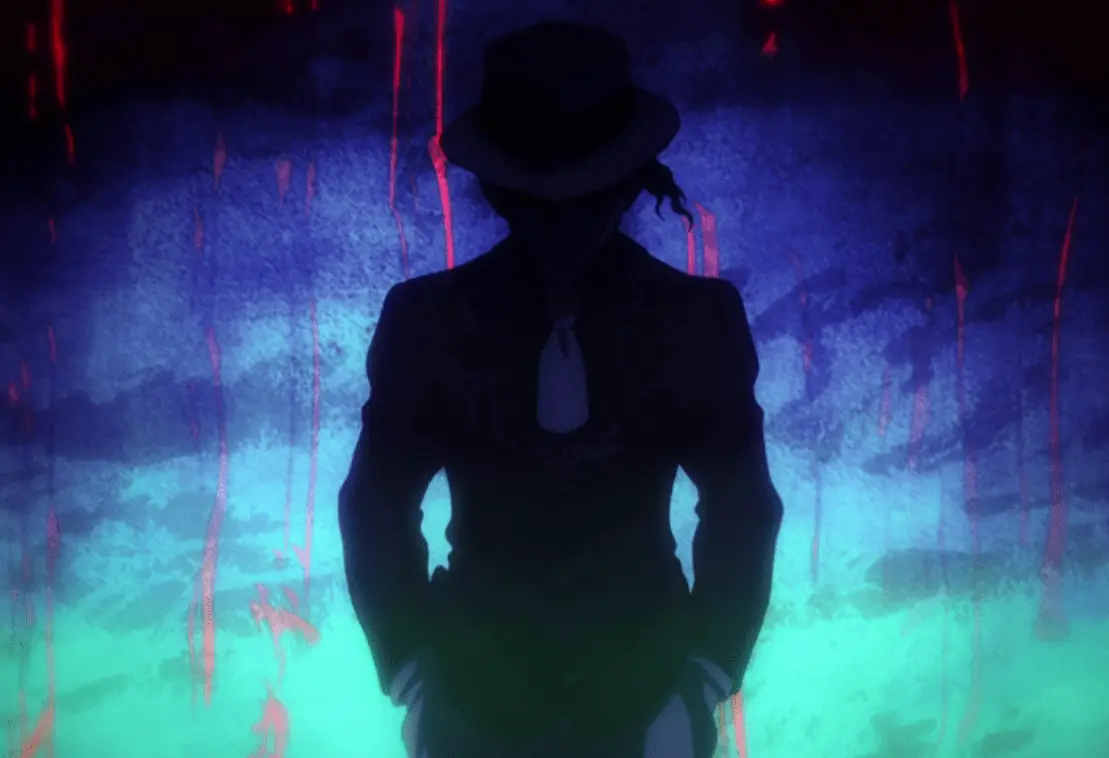
![What does Tanjiro’s black sword mean? [All Nichirin Sword Colors Explained]](https://chasinganime.com/wp-content/uploads/2020/01/Nichirin_Sword.png)


![What does Tanjiro’s black sword mean? [All Nichirin Sword Colors Explained]](https://chasinganime.com/wp-content/uploads/2020/01/Nichirin_Sword-100x70.png)
